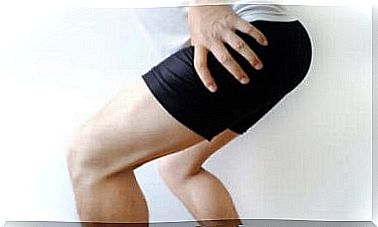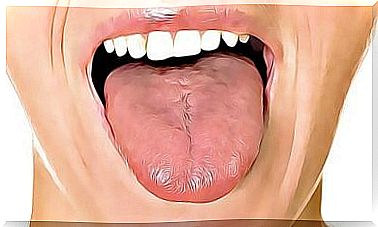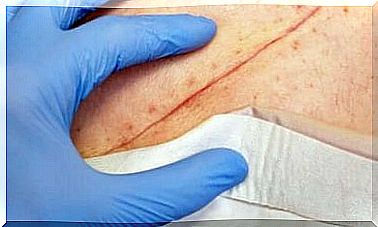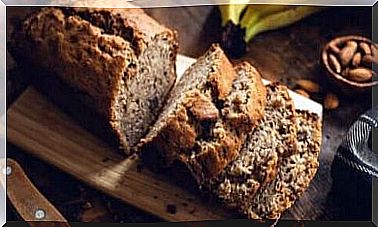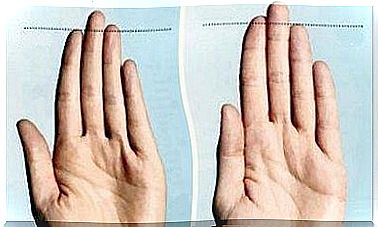Medicinal Plasters: Characteristics And Applications

Medicinal patches have their predecessors among drugs that have been used since time immemorial by application to the skin. Ointments, compresses and pomades were already used as a medication in ancient Greece.
In the nineteenth century, however, there was a thesis that the skin was unable to pass some drugs. This view persisted until the 20th century, when it could be proved that various drugs could also work effectively through the skin. Over time, however, healing patches were invented, which turned out to be very functional.
The medicated patches belong to the so-called “controlled release therapeutic systems”. They are based on the principle postulated by John Urquhart, the creator of the first skin patch. This principle states that the therapeutic effectiveness of a substance does not depend on the dose, but on the speed and degree of its absorption.
What are medicated plasters?
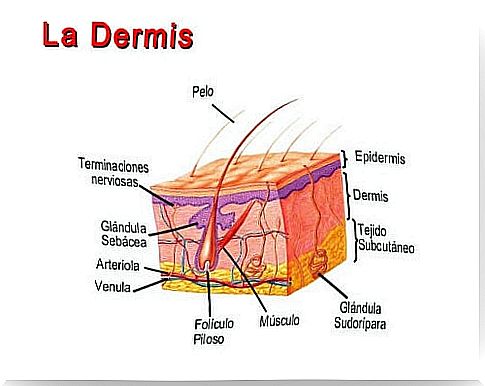
Medication patches are carriers used to deliver medications. They are glued to the skin with an adhesive so that they release the drug continuously. As a consequence, the skin absorbs the drug over an extended period of time. This means that the medication moves through the layers of skin until it reaches the bloodstream.
However, in order for a drug to be administered through the skin, it must meet certain characteristics. The molecules that make it up must also be lipophilic (that is, they are transported by lipids) and have a low molecular weight.
Likewise, drugs must be highly pharmacologically potent. This is because the body is only able to absorb a small amount of the product through the medicated patches. 10 milligrams a day at the most.
Medicinal plasters – their functions and effects
Medicinal patches consist of four parts:
- Waterproof protective film.
- The matrix or reservoir of the active ingredient containing the drug.
- Then there is a layer of glue.
- Everything is covered with a plastic sheet that is removed before applying the plaster.
In addition, some patches differ from others mainly in the way the drug is stored and the way it is released. From this point of view, there are basically three types of transcutaneous systems:
- Tank or container systems. The active substance is dissolved in another substance, which is then released by a special membrane. This piece is made of polypropylene, ethylene vinyl acetate or a non-porous membrane.
- Matrix systems. The active substance is contained in a matrix that releases it by diffusion, without the aid of a semi-permeable membrane.
- Mixed systems. They combine the two previous systems.
Applications of medicated plasters
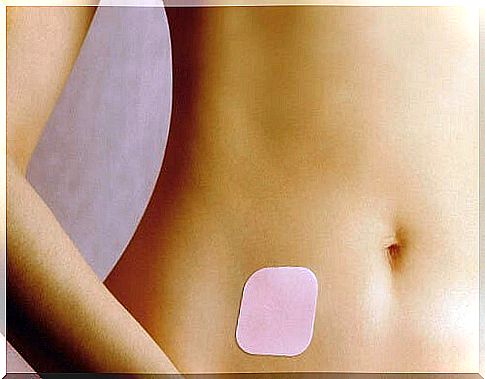
Today there are several diseases, symptoms and problems that can be treated with transdermal patches. Among them we distinguish: various types of pain, tobacco addiction, Alzheimer’s disease, Parkinson’s disease and several other applications.
However, the most frequently administered active substances in the form of patches are:
- Nitroglycerin. Mainly for the prevention of angina.
- Fentanyl and Buprenorphine. They are opiates that are used for pain relief.
- Nicotine. To help overcome tobacco addiction.
- Ethinylestradiol + Norelgestromin. About the contraceptive effect.
- Estradiol, norethisterone. It is used as a hormone treatment during menopause.
- Testosterone. Treatment of the effects of surgical menopause.
- Rotigotine. For the treatment of Parkinson’s disease.
- Rivastygmine. For the treatment of Alzheimer’s disease.
Likewise, there are several medicated plasters that are also used for cosmetic purposes. Among them there are fatty tissue reducers as well as firming and anti-cellulite patches.
Other interesting data
However, the Food and Drug Administration (FDA), the drug and food authority in the United States, warns against certain drugs of this type. Some substances require special care when administered transdermally. These are essentially contraceptives, opioid analgesics and also rivastigmine.
In summary, the main advantages of these patches are:
- They make it easier to administer medications to people who have difficulty taking them by mouth.
- They provide more constant and long-lasting blood levels of the drug.
- They prevent the liver from metabolizing the drug, thus limiting various side effects.
- Sometimes they make it possible to reduce the frequency of administration and improve dosing adherence.
The main disadvantage of these patches is that they sometimes cause an allergic reaction on the skin. Likewise, when an adverse reaction occurs, it takes longer to resolve. They are also not suitable for aesthetic reasons and are limited only to a small group of drugs.



